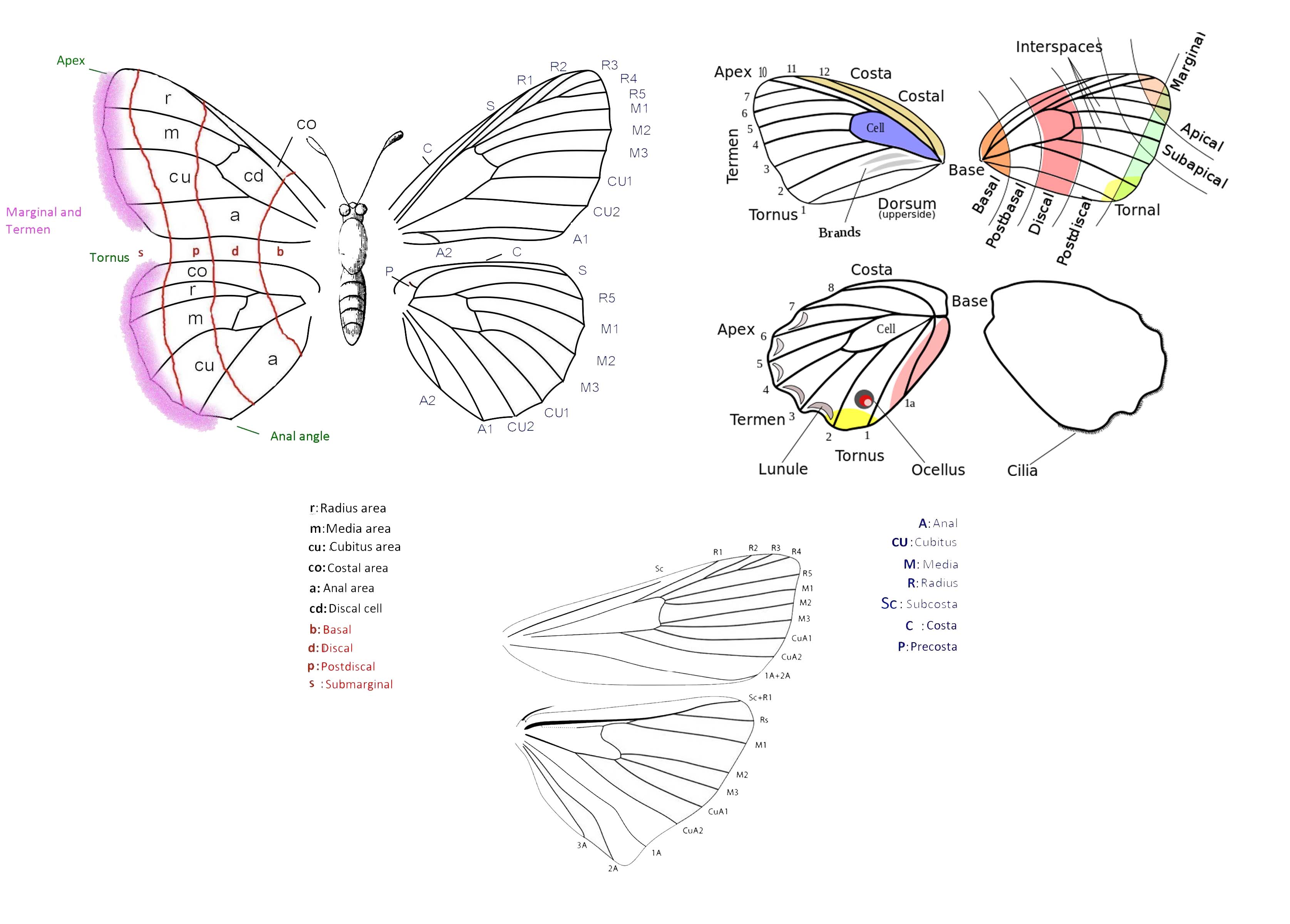Gdoremi
A project for the census of moths in the plains of north-eastern Italy
Search by family or Discover all the speciesSpecies present on the site
503Species surveyed

Zygaena (Agrumenia) carniolica
The latest arrival! Who is this moth?
The Zygaena carniolica is a moth of the Zygaenidae family with a wingspan of 25-34 mm.
Moth widespread in most of Europe is absent in the northernmost area such as Ireland, the United Kingdom, Holland, Denmark, the Scandinavian peninsula and Lithuania.
Its range includes north Africa and western Asia, extending to Turkestan and Altai.
Our mission
What insect is it? what's the name of this butterfly?
These are questions that we ask ourselves since we were children observing the wonders of nature.
Our "mission" consists in taking a census, cataloging and making it accessible to all in the most effective way
and as efficiently as possible, the information and images regarding the moths of the plains of north-eastern Italy.
A work that has been going on for about ten years that is implemented through videos on the linked Youtube channel and with news and information
on entomology which you can read in the " Blog " section.
Lepidoptera (Lepidoptera Linnaeus, 1758) represent a vast order of holometabolous insects to which more than 165,000 species belong, known as
butterflies and moths.
The name refers to the small oval scales that cover the wings of these insects, arranged one on top of the other, like the roof tiles, but which to the natural eye seem
a simple dust; comes from the ancient Greek λεπις (lepis): scale, scale and πτερόν (pteron): wing.
The body of the Lepidoptera, like that of all insects, is divided into the head, thorax and abdomen.
The wings and legs are appendages of the thorax. The head is small and rounded and is occupied by a pair of compound eyes, so called because each of them
it is made up of hundreds sometimes thousands of small lenses (each unit is called ommatidium).
The distinction between butterflies and moths does not respond to a taxonomic scientific classification but derives from common usage.
On the basis of this "popular" distinction, some authors of the past have proposed a distinction between Ropaloceri or "Rhopalocera" (butterflies) and Eteroceri or "Heterocera"
(moths) which, however, is not scientifically accepted. The distinction is based on the shape of the antennas. In the ropaloceri the antennae are clavate, that is, they end with a swelling.
In heterocera the antennae can have different shapes: bipettinate, filiform, rod-like, etc ..
The order of the Lepidoptera is made up of about 127 families and is second, in the class of Insects, only to the order of the Beetles.
ACKNOWLEDGMENTS
As a popularizer and documentary maker, I have contributed and have been mentioned in various publications of national and international relevance.
Photographic contribution
Volume LEPIDOTTERI ETEROCERI D'ITALIA - Geometridae Ennominae II , Claudio Flamigni, Gabriele Fiumi, Paolo Parenzan (photos of Chiasmia clathrata f. declathrata).
Contribution and References
Ebook - BRYOPHYTE ECOLOGY VOLUME 2: BRYOLOGICAL INTERACTION. - Ebook sponsored by Michigan Technological University and the International Association of Bryologists. Chapter 12 - Terrestrial Insects, Subchapter 12-14 Terrestrial Insects: Holometabola – Lepidoptera: Tortricoidea – Paplionoidea
Cinemaitaliano.info
Documentary presentation on the life cycle of the Zerynthia Polyxena butterfly protected at European level "Zerynthia Polyxena, un Anno ... una Vita".
Contribution to the book "LIGNAN"
Contribution to the two-volume publication "Lignan", edited by M. Bortolotti, Udine, Società filologica friulana, pp 83-110, dal titolo "Farfalle sulla sabbia" Notes on many butterflies visible in the territory of Lignano and surrounding areas.
Macro... Foto... fotografica
Eva Carraro and Gianluca Doremi exhibit, from 19 to 26 August 2017, Terrazza a Mare in Lignano Sabbiadoro (UD). A collection of images or, if you like, moments stolen from nature and reinterpreted in some cases, by the imagination and whimsy of the two photographers.
Tortricidae della Bassa Friulana
Observations 2010-2017 on 57 tortricides of the Bassa Friulana.
Photo selected by NIKON Italia
One of the photos selected for the official Facebook page - Nikon Italy there are others both mine and Eva's

 EN
EN ITA
ITA

Social and publications